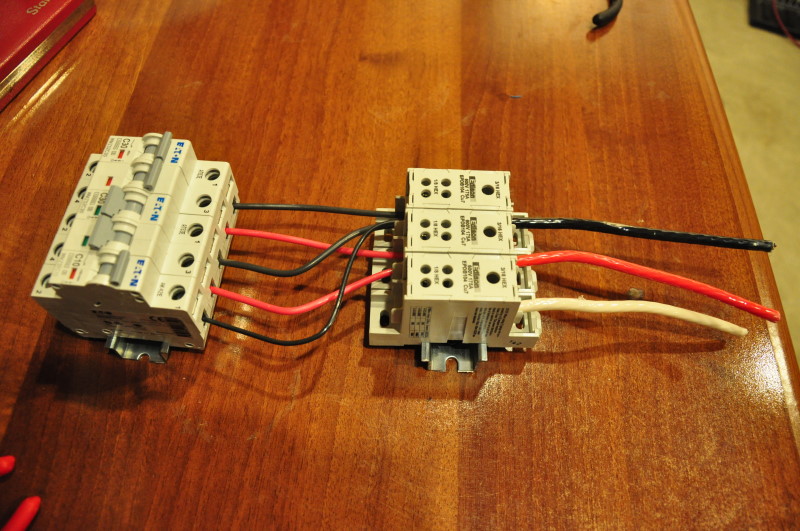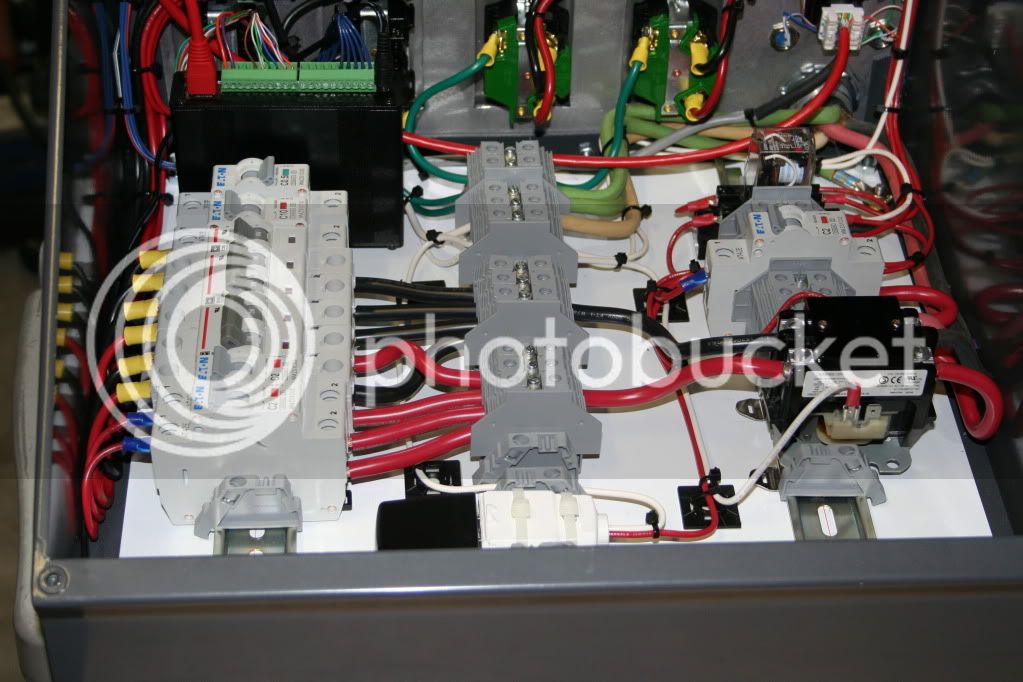nyer
Well-Known Member
I'm finally ready to start switching over to an electric brutus type system using 3 keggles. I'm thinking a hot water tank with a 5500 220 element, a boil kettle with a 5500 watt 220 element and a rims system with a 110 element (not sure what size yet). Then 1 want 2 pumps and the controls. I want to be able to heat water for a second batch while the first is boiling so I could be running both 5500 watt elements at the same time. I think I need to do a 60 amp 220 GFI spa panel in my garage to run both 220 elements. Can I plan to use a regular 110 outlet in my garage to power the 110 rims and 2 pumps? (changed to a GFI outlet or GFI breaker for the 110 in the garage?) Or, would the spa panel be able to power everything? I have friends and relatives who are electricians at my disposal but they want to know what I'm planning before they start looking at what needs to be done.



